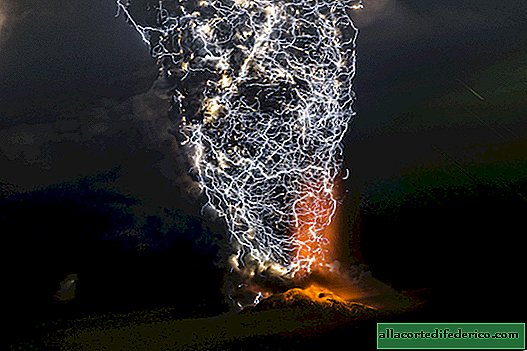Why jellyfish attack nuclear power plants in Sweden and Japan
What do Scotland, Japan and Sweden have in common? This may seem strange, but they were united by jellyfish, or rather the problem of their huge number in the coastal zones. The number of jellyfish increased so much that they began to threaten the safety of nuclear power plants located on the coasts. But why did such a rapid reproduction of these marine invertebrates occur?

When the number of jellyfish sharply increases in coastal waters, this causes difficulties in the operation of nuclear power plants and even leads to their temporary halt. The fact is that many nuclear power plants were built on the coast specifically to use seawater to cool reactors. Of course, the water intake system is equipped with special filters that prevent algae, fish, crab and other inhabitants of coastal zones from entering the cooling tanks. But in recent years, reports have increasingly appeared in the press that the filters and pipes of nuclear power plants through which sea water flows for cooling are clogged with thousands of jellyfish. This happened at the Scottish nuclear power plant Torness, Japanese Shimane, at a station in the Swedish city of Oskarshamn and some others.

The state of the jellyfish population is a kind of indicator of the ecological well-being of the reservoir. Their huge number most often indicates that the water quality in the sea has deteriorated and the entire ecosystem is in poor condition. Jellyfish are surprisingly plastic organisms that can adapt to high levels of pollution and low oxygen levels in the water. Most other marine inhabitants do not have such a unique ability, their numbers begin to fall. The fodder resources released at the same time are also consumed by jellyfish, which further contributes to their prosperity. In addition, excessive fishing, which occurs in many seas of the planet, also leads to the fact that the number of jellyfish is increasing: they occupy vacant places in the feed chains and lose their natural enemies. An important factor that influenced the explosive increase in the jellyfish population was the increase in water temperature in the oceans and seas of the planet. In the Baltic, Mediterranean and other not very southern seas, the water temperature has increased by 3 ° C over the past 30 years, and heat-loving jellyfish quickly responded to these changes.

Unfortunately, an effective solution to this problem has not yet been found. It is necessary to tighten control over the supply of pollutants in the waters of the seas, as well as to help restore the population of commercial fish. But this is more a question of an international level than a problem of individual countries, therefore, it is not worth waiting for its speedy solution.


















